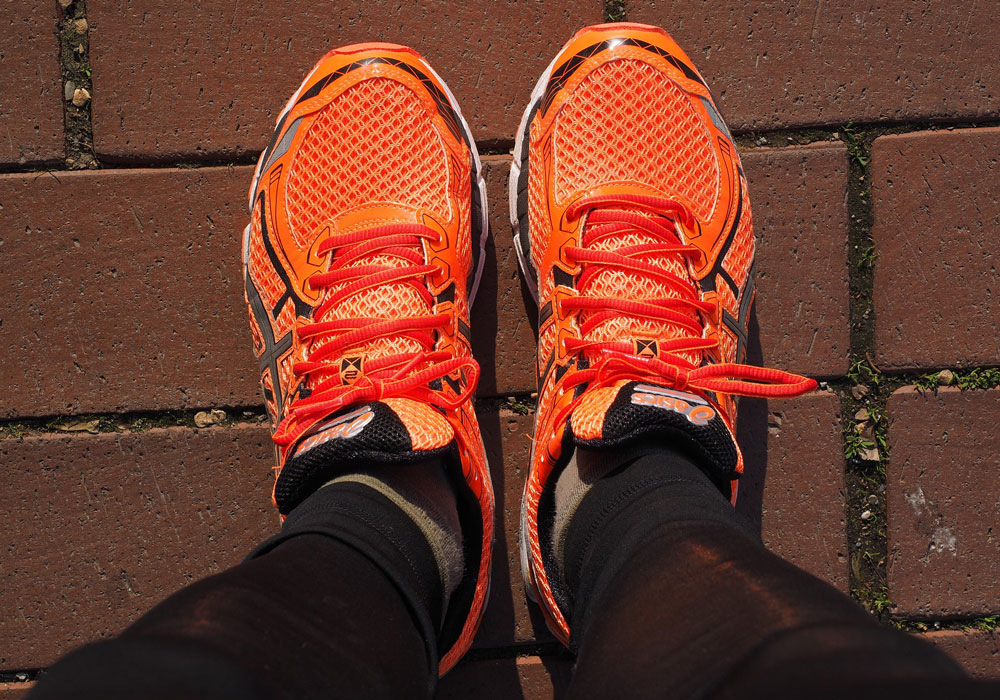Raj recently presented to the emergency department for hemoptysis and shortness of breath. Subsequent computed tomography scan and biopsy reveal metastatic small cell lung cancer. He is a 62-year-old former smoker who is 25 pounds overweight and works as an accountant for a large automobile dealership.
He reports very little physical activity because of fatigue, shortness of breath, and lack of motivation. Janice, the oncology nurse, is preparing to discharge Raj to home with follow-up in one week with medical oncology. During discharge instructions, Raj asks Janice what he can do to get ready for treatment.
What Would You Do?
It might be easy to dismiss recommending physical activity to patients who are obviously deconditioned. However, studies show that as many as 92% of patients with advanced-stage cancer are able to participate in physical activity tailored to their current condition. Importantly, patients diagnosed with late-stage cancer are interested in using physical activity to improve their overall quality of life.
Studies link rehabilitation and healthy movement to improved quality of life in patients with advanced-stage cancer. Symptom clusters such as pain, depression, and fatigue or pain, insomnia, and fatigue are widely recognized and occur frequently in people diagnosed with late-stage cancers; physical activity has been shown to reduce the debilitating effects of those symptoms.
For people going through cancer treatment, 30 minutes of physical activity up to five days per week is recommended by the American Cancer Society, National Comprehensive Cancer Network, and the American College of Sports Medicine.
Janice talks with Raj and his wife about beginning to add purposeful physical exercise to his daily routine. She offers many of the suggestions listed in the side bar. His oncologist also refers him to a pulmonary prehabilitation class. The American Association of Cardiovascular and Pulmonary Rehabilitation offers patient resources, including a program directory.
When Janice sees Raj two months later, he says he is up to walking 15 minutes a day in the morning and evening. He is no longer using supplemental oxygen and is napping only once a day. He thanks her for being brave enough to introduce the concept of exercise to fight fatigue even when he was in such bad shape.
For resources on recommending physical activity to your patients, visit ONS’s Get Up, Get Moving practice resource.






